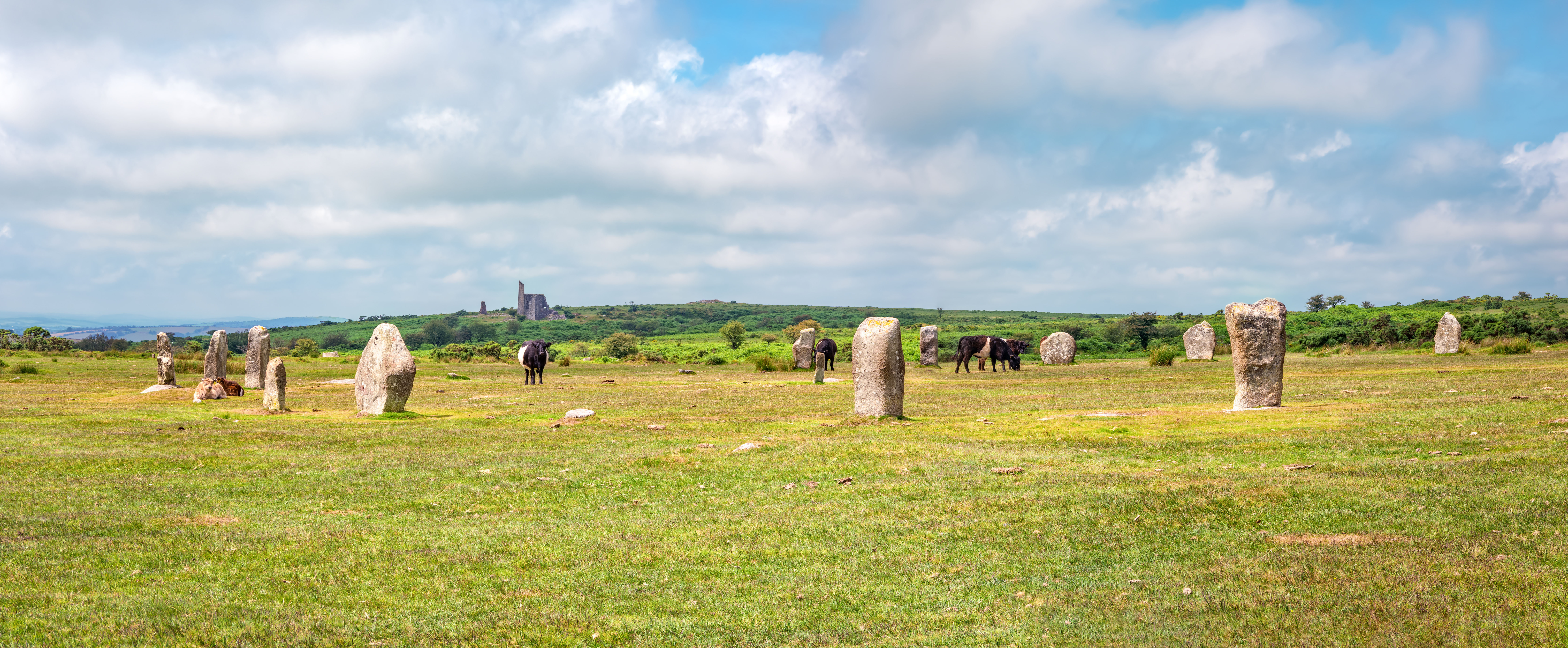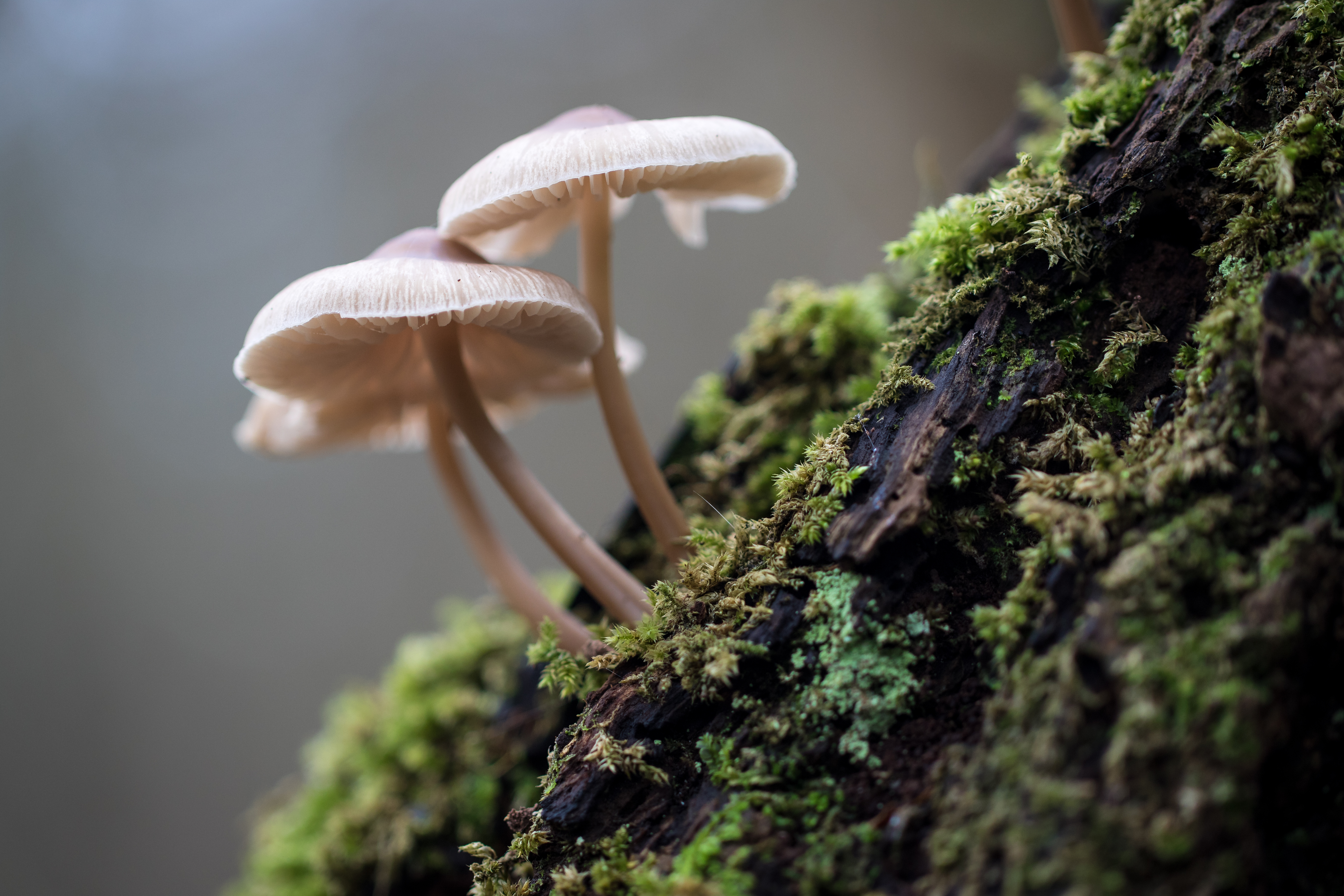Jason Goodwin: 'In Yorkshire he spat on them, down south he peed, either way, they aren’t good eating'
Jason Goodwin hunts ley lines, from St Michael Line (which stretches from St Michael’s Mount in Cornwall to Bury St Edmunds in Suffolk) to the Mary Line as he ponders the religious end of the blackberry season.

The blackberry season began bravely in August sunshine and drizzled out in the rains. Old Michaelmas Day, on October 11, marks its end. It was then that the forces of Good, led by the Archangel Michael, drove the Devil out of Heaven. Country legend claims he fell straight down into a blackberry bush. He cursed its fruit as he picked himself up; in Yorkshire, they say he spat on the berries, down south, that he peed on them. Either way, they aren’t good eating any more.
Michaelmas Day is one of the quarter days that regulate the traditional year. It’s a feast in celebration of the Archangel Michael, the dragon-slayer whose churches often appear on rocky outcrops, such as Brentor on Dartmoor, and whose most tantalising monument in England is the St Michael Line, which runs straight as an arrow between St Michael’s Mount in Cornwall and the ruined abbey of the martyred king Edmund at Bury St Edmunds in Suffolk.

The St Michael Line passes through St Michael churches on Burrowbridge Mump and Glastonbury Tor, Avebury stone circle, an Iron Age hillfort and a set of standing stones, The Hurlers, on its way towards the May Day rising sun. Stretches of it shadow the Icknield Way.
Some people get het up about ley lines. Really, it doesn’t matter what they think about them, because ley lines are essentially poetic forms, like sonnets or iambic hexameters, which exist whether you hear them or not. That is why efforts to mock them by drawing alternative straight lines between all the old branches of Woolworths, say, are just silly and as ugly, too, as most forms of cynicism.
Ley lines encourage us to contemplate the beauties and mysteries of the countryside. There are thousands of mumps and bumps, tors and fords, hillforts and stone circles to investigate on these islands and all you need is an OS map. This is the season for ley-hunting, with benefits.
'The St Michael ley is entwined with the Mary Line, which winds around it from one St Mary church to the next, like the snake that twists around the Rod of Asclepius'
Although it’s too late for blackberries, except in some exposed places by the sea where the berries grow more slowly than elsewhere, it’s open season for mushrooms. They are hard to gather safely without an Eastern European at your side. My Russian godfather used to lead us into the Hampshire woods with a walking stick, muttering and whistling under his breath. Every now and then he would trumpet ‘Rooosooolla!’ and prod at the fallen leaves to reveal a colourful blewitt or a spongy boletus that had yet to be cratered by slugs.
He had various foolproof methods of checking an unfamiliar mushroom and, if still in doubt, he would break off a piece and nibble it. At the end of the expedition, we would go back to the kitchen and sort our pickings, some for an immediate omelette and others for pickling.
Sign up for the Country Life Newsletter
Exquisite houses, the beauty of Nature, and how to get the most from your life, straight to your inbox.

He died some years ago, not of poison, but of old age, so now I rely on good books such as Mushrooming with Confidence by Alexander Schwab, which helps you tick boxes until you can be sure of being safe. Wildfooduk.com is also a handy resource: if you ask nicely and send photos, an expert may even vet the mushroom for you, like a French pharmacist.
Meanwhile, no one can go wrong with sloes. Pick them, prick them, pack them with ordinary gin and half their weight in caster sugar and, by Christmas, you have perfect presents for everyone.
Twiddling a glass of plum-coloured liquor, irascible sceptics will listen placidly to you explaining that the St Michael ley is entwined with the Mary Line, which winds around it from one St Mary church to the next, like the snake that twists around the Rod of Asclepius, the god of medicine.
-
 About time: The fastest and slowest moving housing markets revealed
About time: The fastest and slowest moving housing markets revealedNew research by Zoopla has shown where it's easy to sell and where it will take quite a while to find a buyer.
By Annabel Dixon
-
 Betty is the first dog to scale all of Scotland’s hundreds of mountains and hills
Betty is the first dog to scale all of Scotland’s hundreds of mountains and hillsFewer than 100 people have ever completed Betty's ‘full house’ of Scottish summits — and she was fuelled by more than 800 hard boiled eggs.
By Annunciata Elwes